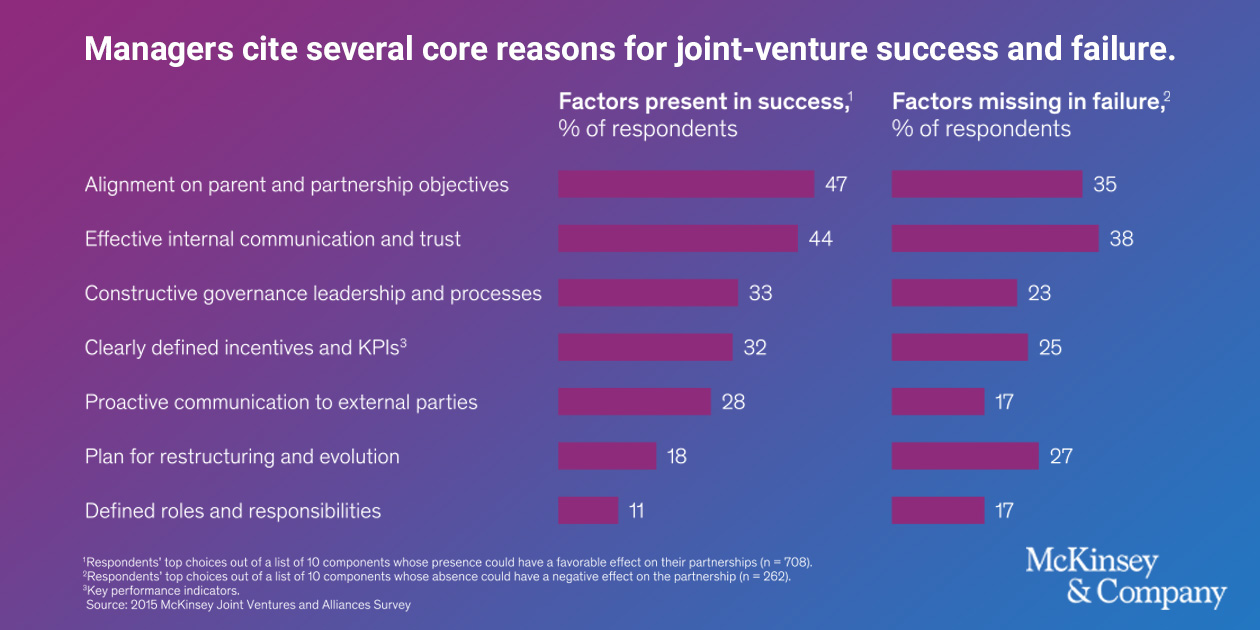-
Services
-
Software Project Delivery
-
Services
-
Solutions
-
Technologies
-
-
Network
-
Discover
-
Regions
-
Industries
-
Must-Read Guide
-
2026 Global Software Outsourcing Rates and Trends GuideDiscover why rates are just one aspect of the Accelerance Global Software Outsourcing Rates & Trends Guide, which offers valuable insights into the software development landscape.
-
-
-
Resources
-
Our Resources
-
Newest White paper
-
Aviation Ecosystem Modernization: A Holistic Approach for Meaningful TransformationModernize aviation by integrating people, processes, technology, and data
-
-
New eBook
-
 The True Cost of Software DevelopmentHidden costs can wreck your budget. Our new eBook breaks down the true cost of outsourcing—get your copy to stay ahead.
The True Cost of Software DevelopmentHidden costs can wreck your budget. Our new eBook breaks down the true cost of outsourcing—get your copy to stay ahead.
-
-
Featured White paper
-
Flow & Process OptimizationIn this white paper, you'll learn to streamline workflows, improve change management, and accelerate results.
-
-
-
About
-
About Accelerance
-
Our History
-
Accelerance: Our HistoryThere's great talent everywhere and great teams everywhere, which is the basis of the Accelerance model.
-
-
Software Without Borders
-
New Episode Every Week!Tune into our podcast Software Without Borders, the essential listen for technology leaders and business owners in the software sector who crave insights from the industry’s top minds.
-
-
Andy's Book
-
Synergea: A Blueprint for Building Effective, Globally Distributed Teams in the New Era of Software DevelopmentPeople are first and locations are secondary when it comes to software development success.
-
-
- Client Reviews
July 19, 2023
No Surprises! The Importance of Transparency in Software Development Outsourcing
Written by: Rich Wanden
When someone says they have a “no surprises” approach to collaborating with colleagues and business partners, what does that actually mean?
At Accelerance, we take it to mean a willingness to embrace transparency in the relationship between a customer and its software development partner, wherever they happen to be based in the world.
Doing so builds trust, enables clear communications, allows expectations to be managed, mitigates risks, and fosters continuous improvement.
It sounds obvious, but too many software outsourcing deals go off the rails because the parties involved haven’t been completely upfront with each other.
As Harvard Business Review points out, “business partners who trust each other spend less time and energy protecting themselves from being exploited, and both sides achieve better economic outcomes in negotiations”.
Establishing trust - its cultural
Establishing that trust is a process that starts in the due diligence phase, well before any outsourcing deal is signed. It’s a process that can vary to a large degree depending on the cultural backgrounds of the parties involved - an important consideration when you are looking to work with a company half a world away.
An HBR study found that the key to establishing trusting partnerships differs around the world. Managers in Western culture tend to take a “trust but verify” approach, assuming a potential partner is trustworthy, but undertaking to do their own due diligence all the same.
“In Latin American cultures,” HBR tells us, “the social relationship comes first, and the business after. Shared values are the primary criteria for judging trustworthiness”.
In the Middle East, respect is paramount. Business people tend to take a “verify, then trust” approach, establishing first that the relationship can be formed on a mutually respectful basis.
Common to all cultures, however, is a desire for openness, which typically involves establishing shared goals that everyone understands, good communication practices, and clear KPIs to track progress.
“Transparency during negotiations is the only way to ensure that everyone understands the partners’ goals (whether their primary focus is on improving operations or launching a new strategy) and that everyone is using the same measures of success,” management consultancy McKinsey points out.
“Even more important, transparency encourages trust and collaboration among partners, which is especially important when you consider the number of executives across the organizations who will likely rotate in and out of leadership roles during the life of the relationship.”
To be clear, being transparent with your business partner doesn't require you to go “open kimono” and give all your business secrets away.
Verification + trust
Verifying the suitability of software development firms to join our network of trusted outsourcing partners occupies a huge amount of our attention at Accelerance. We do the groundwork so that our customers know the partners we recommend are trustworthy.
But we also view transparency as not just a desirable trait, but a fundamental ongoing requirement if the software outsourcing partnerships we help broker are to enjoy long term success.
That’s why we spend so much time and energy in the negotiation phase of outsourcing deals working with the customer and partner to build the relationship on a solid foundation. It pays off time and time again for everyone concerned.

Here are five things a transparent approach to developing business partnerships with your software outsourcing software involves:
- Building Trust: When both parties have visibility into each other's processes, decision-making, and progress, trust naturally develops. Openly sharing information about project requirements, timelines, budgets, and potential risks fosters a sense of reliability and demonstrates a commitment to honesty. Trust is essential for establishing a long-term partnership, mitigating conflicts, and promoting collaboration. Transparency is key.
- Clear Communication: Effective communication is a cornerstone of any successful partnership, even more so when it comes to software outsourcing projects. Transparent communication allows for clear articulation of expectations, avoiding misunderstandings and minimizing the risk of costly errors.
Both parties must establish open channels for sharing information, discussing challenges, and providing feedback. Regular updates, progress reports, and timely responses to queries are crucial for maintaining alignment and addressing issues promptly. - Managing Expectations: Outsourcing partnerships often involve complex projects with numerous stakeholders and diverse expectations. Transparent communication ensures that both parties have a shared understanding of the project goals, deliverables, and timelines.
When expectations are clearly defined and communicated, the chances of project delays, scope creep, and dissatisfaction decrease significantly. Transparency allows for early identification and resolution of any discrepancies, leading to a more successful outcome. - Risk Mitigation: Transparency plays a pivotal role in identifying and managing risks associated with software outsourcing. Open discussions about potential challenges, resource limitations, and project constraints enable proactive risk mitigation strategies.
By openly sharing information about their capabilities, limitations, and processes, outsourcing partners can provide clients with a realistic assessment of what can be achieved within the agreed-upon parameters. This transparency enables both parties to make informed decisions and adapt their plans accordingly, minimizing the impact of potential risks. - Continuous Improvement: Transparency encourages a culture of continuous improvement within outsourcing partnerships. When both the client and the outsourcing partner are open about their successes and failures, they can collectively learn from past experiences and refine their processes.
Sharing feedback, conducting post-project reviews, and implementing lessons learned contribute to the growth and evolution of the partnership. Transparency allows for constructive feedback loops and paves the way for innovation and efficiency gains.
Conclusion
Building trust, enabling clear communication, managing expectations, mitigating risks, and fostering continuous improvement all rely on transparent practices.
By embracing transparency, both clients and outsourcing partners can establish strong foundations, unlock the full potential of their collaboration, and achieve remarkable results in the ever-evolving world of software development outsourcing.
Rich Wanden
As Chief Customer Success Officer, Rich oversees Accelerance marketing and sales operations globally with a focus on helping customers make the best decisions for choosing a software development team and working together. Prior to joining Accelerance, Rich has worked in management consulting, IT advisory and...
Recently Published Articles
View All Posts
Best Practices
July 11, 2023 | Rich Wanden
“It has crossed the hype cycle already”: How Accelerance’s partners are using generative AI
Best Practices
September 5, 2023 | Rich Wanden
Modernizing Your SAP Platform - It’s Time to Lay the Groundwork
Blog
July 17, 2024 | Rich Wanden
Pent Up Demand Will See Quality Software Development Firms Thrive in 2024
Subscribe to email updates
Stay up-to-date on what's happening at this blog and get additional content about the benefits of subscribing.


